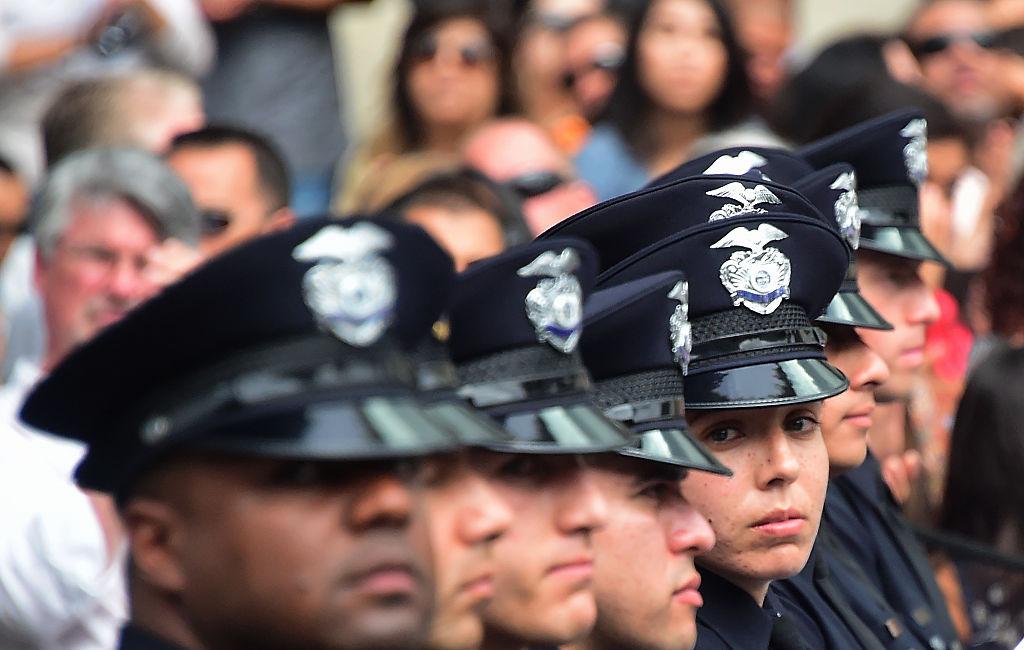California has implemented in the last two months three new pieces of legislation aimed at addressing youth suicide and bullying.
AB-1767, signed by Gov. Gavin Newsom on Oct. 9, expands existing law that requires suicide prevention programs in schools to start in kindergarten instead of seventh grade. The new policy is required to be ready before the 2020-21 school year.





